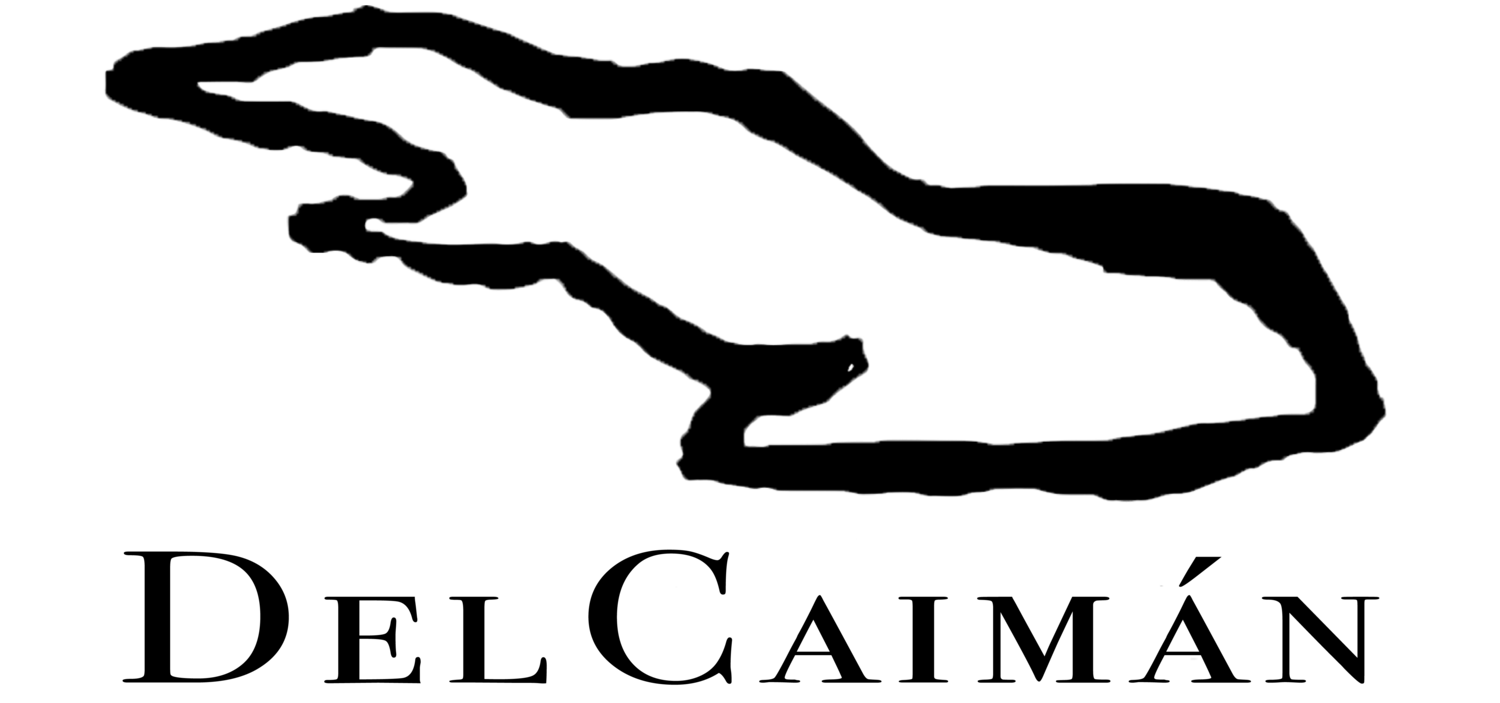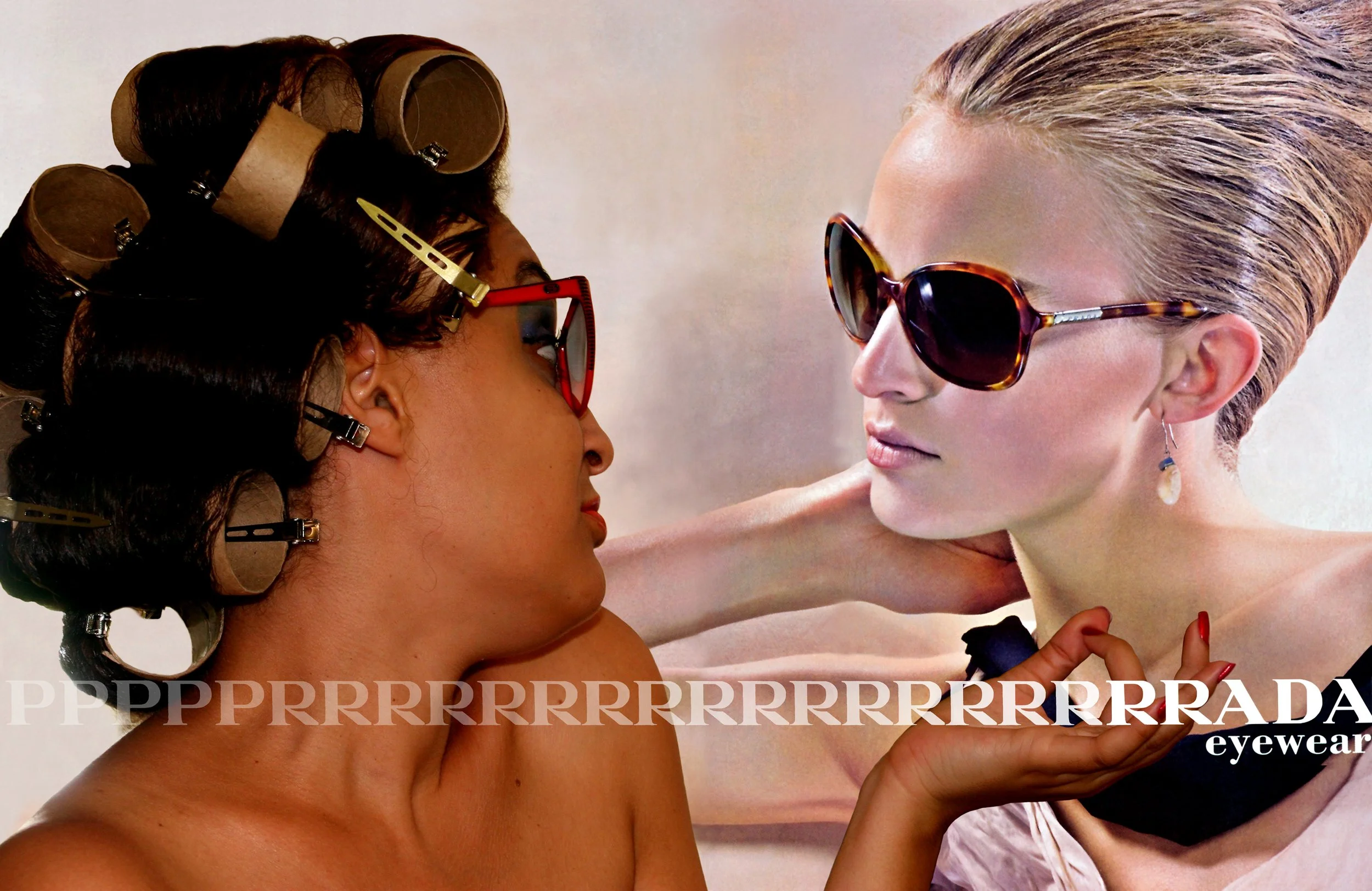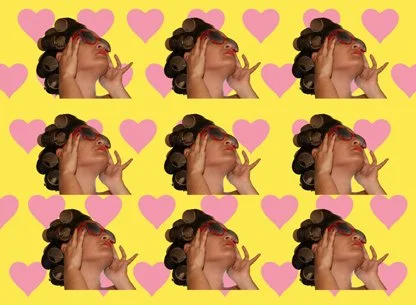The Self Liberated Cuban, Nadia Porras
"I was looking for other forms of expression... I needed to get these feelings out somehow, and traditional arts felt small – that’s how Maraya was born. My intent is to make known all the details, from the most intimate to the most exuberant, about the Cuban woman, especially from the marginalized classes”
Nadia Porras graduated from the National School of Art of San Alejandro with lithography as her principal medium. However, she quickly expanded her expressions through paint, photography, and sculptural installations using recycled material.
But most intriguing of all is her performance work, particularly that which include her extravagant and ever entertaining alter-ego, Maraya Shells. The persona, Maraya, gradually grew inside Nadia until she "burst out." One day she realized that Maraya Shells was ready to open the door, let people in, and eventually take to the streets of Havana, herself.
“I work with the most marginalized, because they need to be recognized and supported so that they can have a better chance to move forward in life. And that ranges from helping improve their image, to inviting them to participate in a performance piece.”
Combining universally known brands with Cuban-kitch performance, Nadia illuminates the Cuban identity.
INSPIRED BY COMMERCIALISM
Maraya’s name is inspired by a regional song popularized in the 1960s called María Caracoles, performed in a Mozambican rhythm by Orchestra of Pello el Afrokán. As a protagonist, she confronts the ambitions of a social class that aspires to a bourgeois life. "Maraya is a dreamer, but she invented a fictional image for the masses. In that way, I criticize aspects of the commercial market that disgust me. The market manipulates you through ‘an art’ that leads the consumer to consume what the promoters want".
Maraya uses bombastic headdresses and sometimes adorns herself with glitter, artificial flowers and feathers. She also uses plastic hair rollers – typically seen in the hair of high status Cuban women in the late 90s.
"For Cuban women, and for others in Latin America, caring for their hair and hands is a fundamental thing," says Nadia, with a laugh. "And because of that, going out on the street with ‘rolos’ became the default of the self liberated Cuban that refused to be seen as ‘just a housewife.’” These women had jobs (something not very common, back then), attended to the home and children, but still aspired to look beautiful when their husband came home.
"There was not enough time to go to the hairstylist. The Cuban woman worked and also had other important tasks: she cut sugar cane in the fields, made hospital rounds. Thus, that generation exclaimed, ‘We're going out with curlers in our hair!’ covered by a handkerchief."
"That's Creole and it's delightful! I needed to make it known for others to see!"
Nadia Porras combines multiple mediums to create stunning depictions of Cuban life.
FROM WITHIN THE CUBAN HOUSEHOLD
With this desire to capture the essence of the “Cuban on foot”, the artist frequently visits the disadvantaged neighborhoods of the capital, and even lives with the inhabitants to learn from them and to inform her character, Maraya. “I have always been very curious and very Cuban, and I like to ‘be submerged’ in the neighborhoods watching the ‘salsa de la mulata, ‘the raw character.’”
“I work with the most marginalized, because they need to be recognized and supported so that they can have a better chance to move forward in life. And that ranges from helping improve their image, to inviting them to participate in a performance piece.” Nadia’s lively performances often incorporate the inhabitants of neighborhoods like El Artesano, and unfurl on the central streets. She also performs during major art events like that of the famous Havana Art Biennial.
“I worked at El Artesano neighborhood because I wanted to learn more. I wanted to know the history of the place and the people who lived in it, and when I showed up I found it so fascinating, I knew something could be done with the participation of the locals. So I posted some ads, and we put on a play at the Art Factory cultural center.”
“They're wonderful people. They participated in the performance representing their own lives, with their own belongings as props... They were happy because, after the presentation, they felt relevant.”
THE MARGINALIZED NEED TO BE RECOGNIZED
Maraya Shells wants to be better, and Nadia is betting on her success.
“Now, I’d like to form my own theater group, and to continue my work towards the benefit of these communities. Additionally, it may be interesting to offer facilities for theater projects, and workshops in music and poetry.
“I want to have a place to link these wonderful people to the community, and to support new generations and older adults who are so in need of socializing.”
“Life, along with the self, guides you; and that search for the self, it raises you.”



